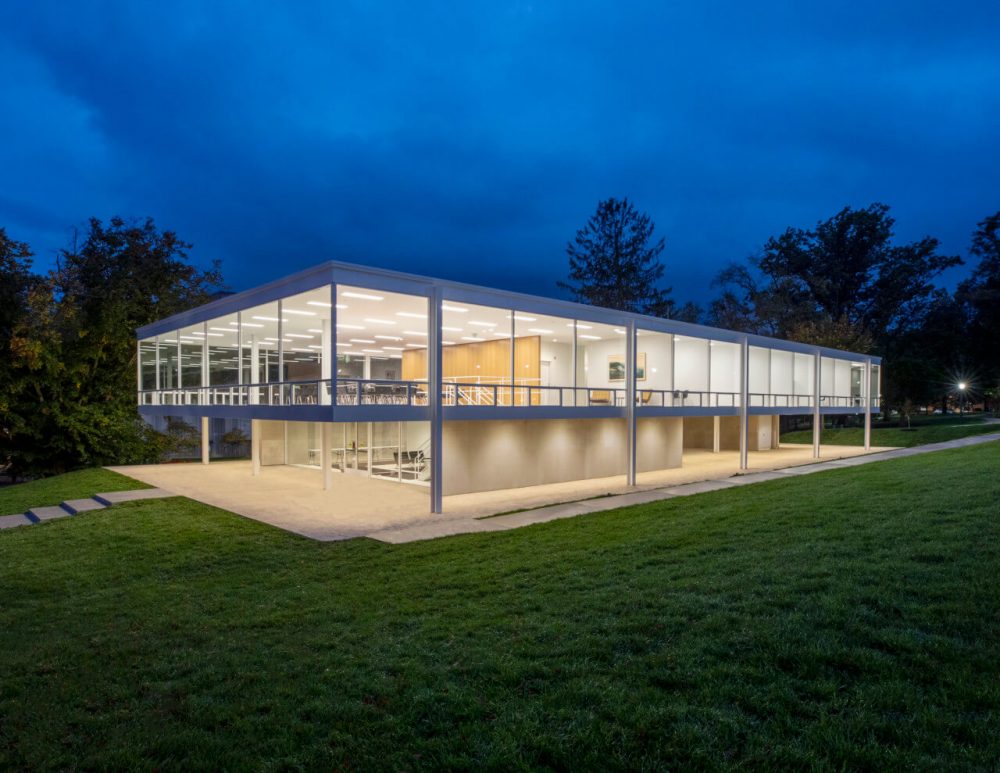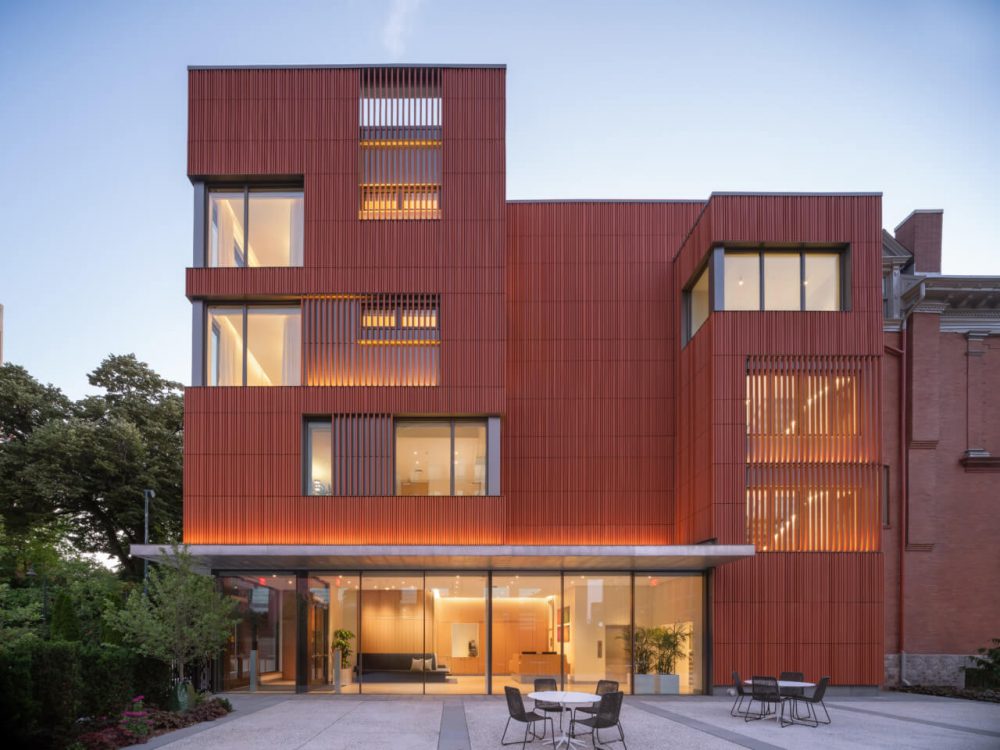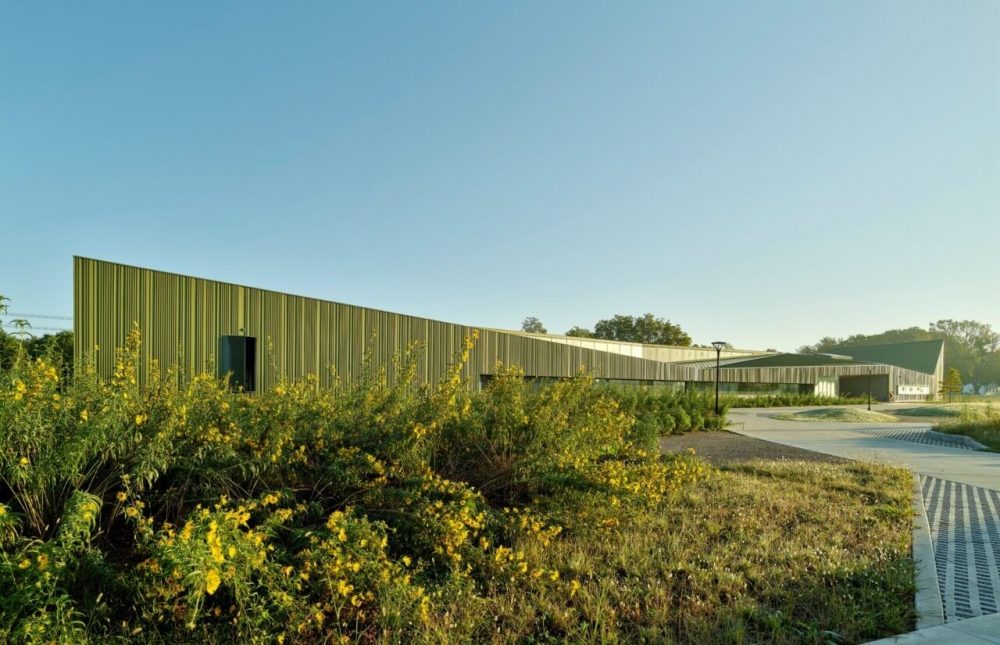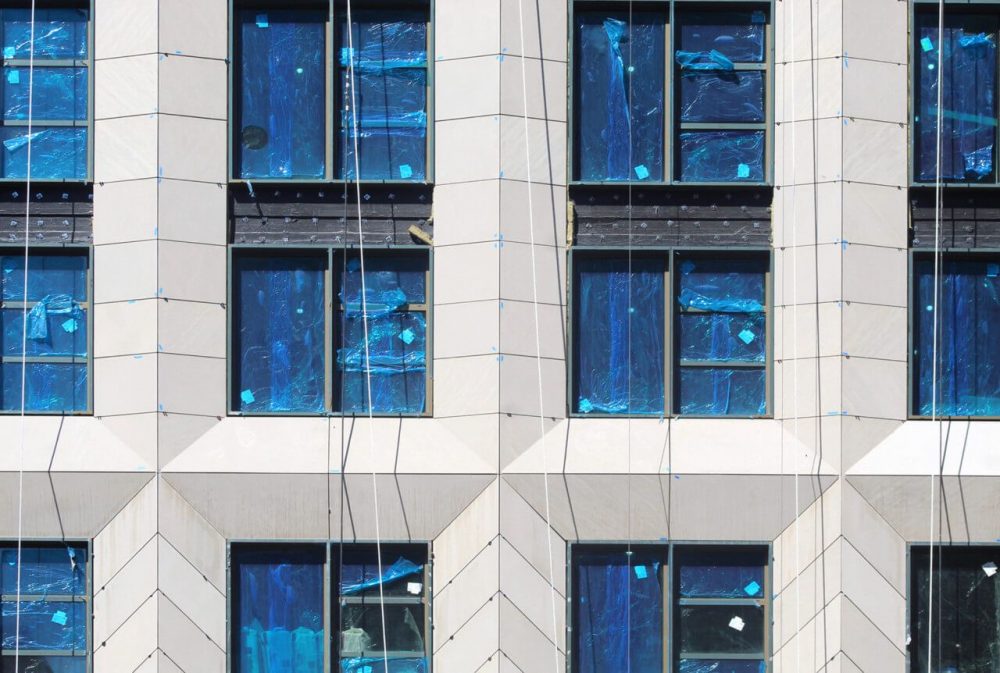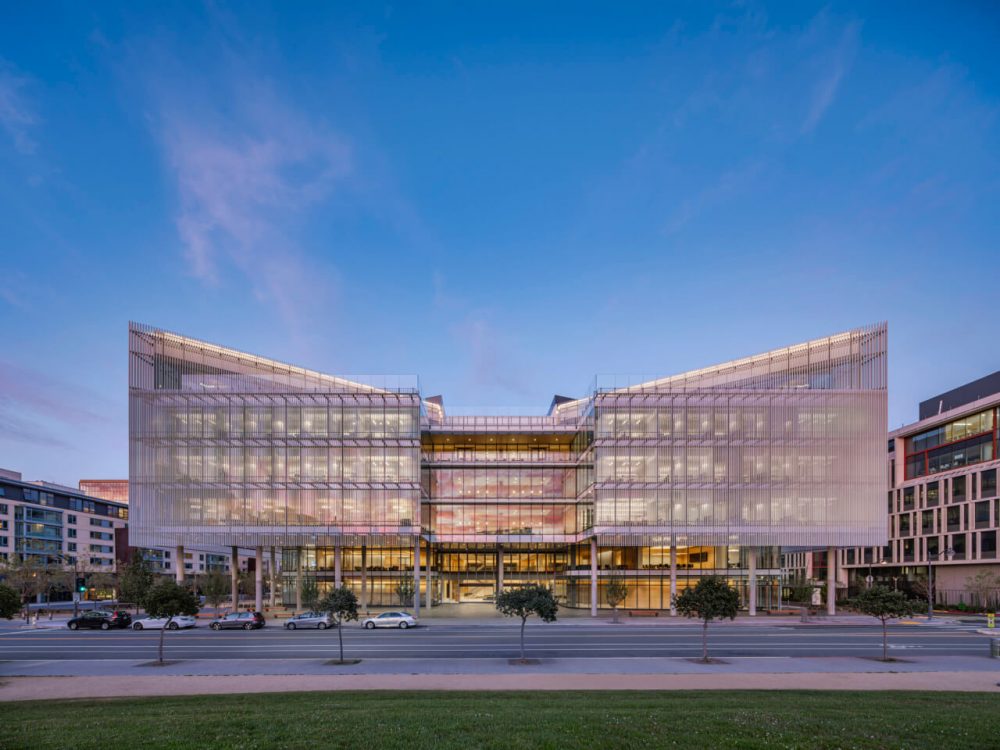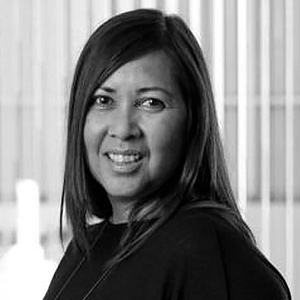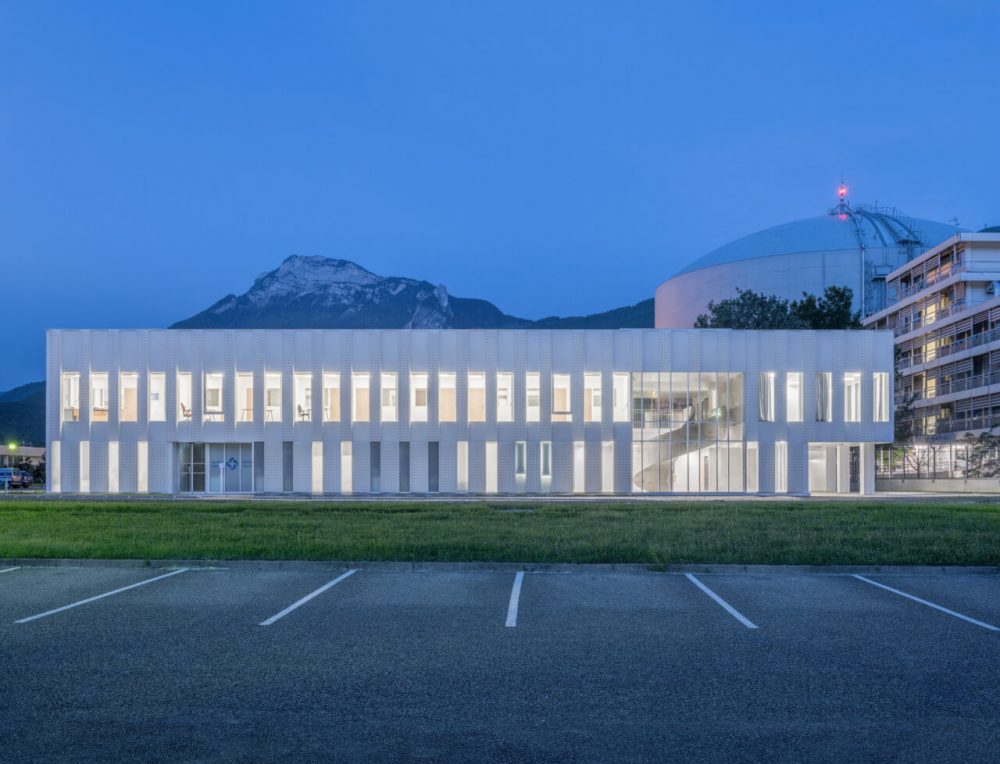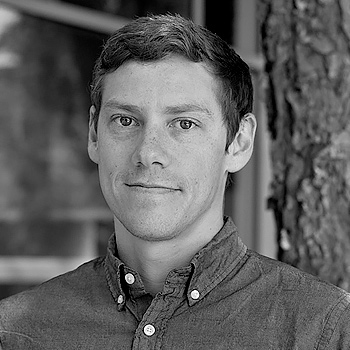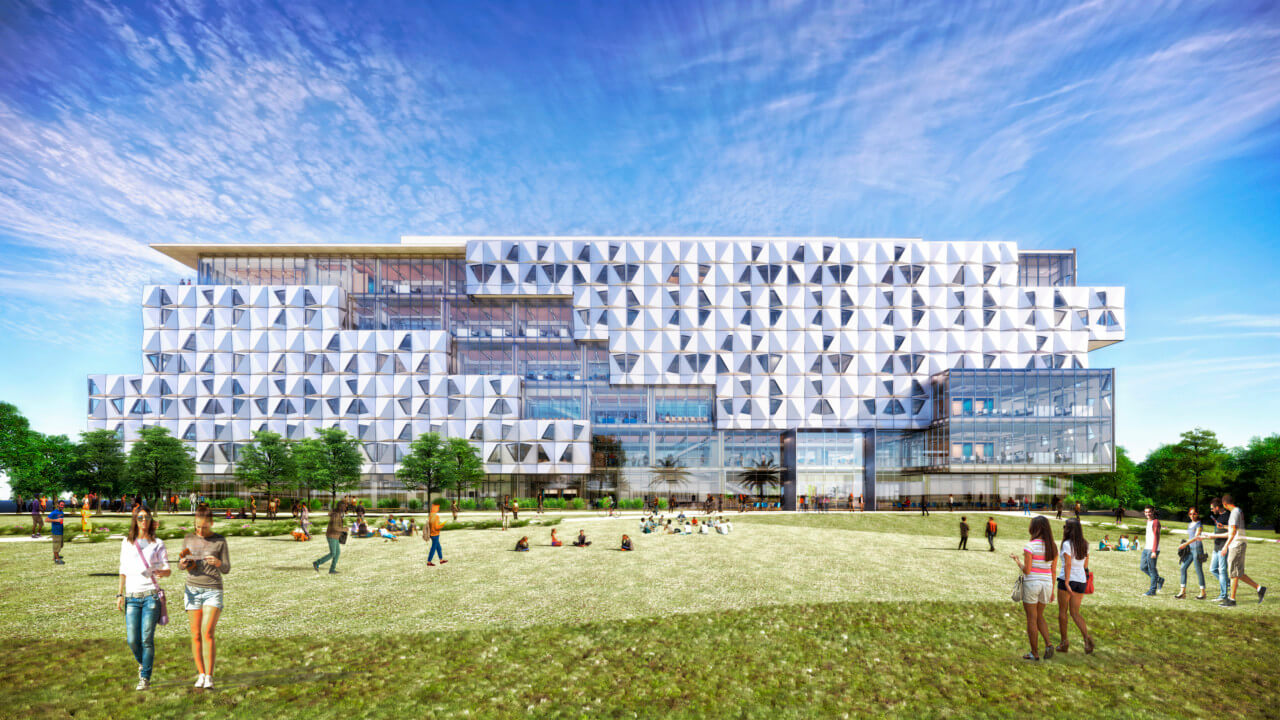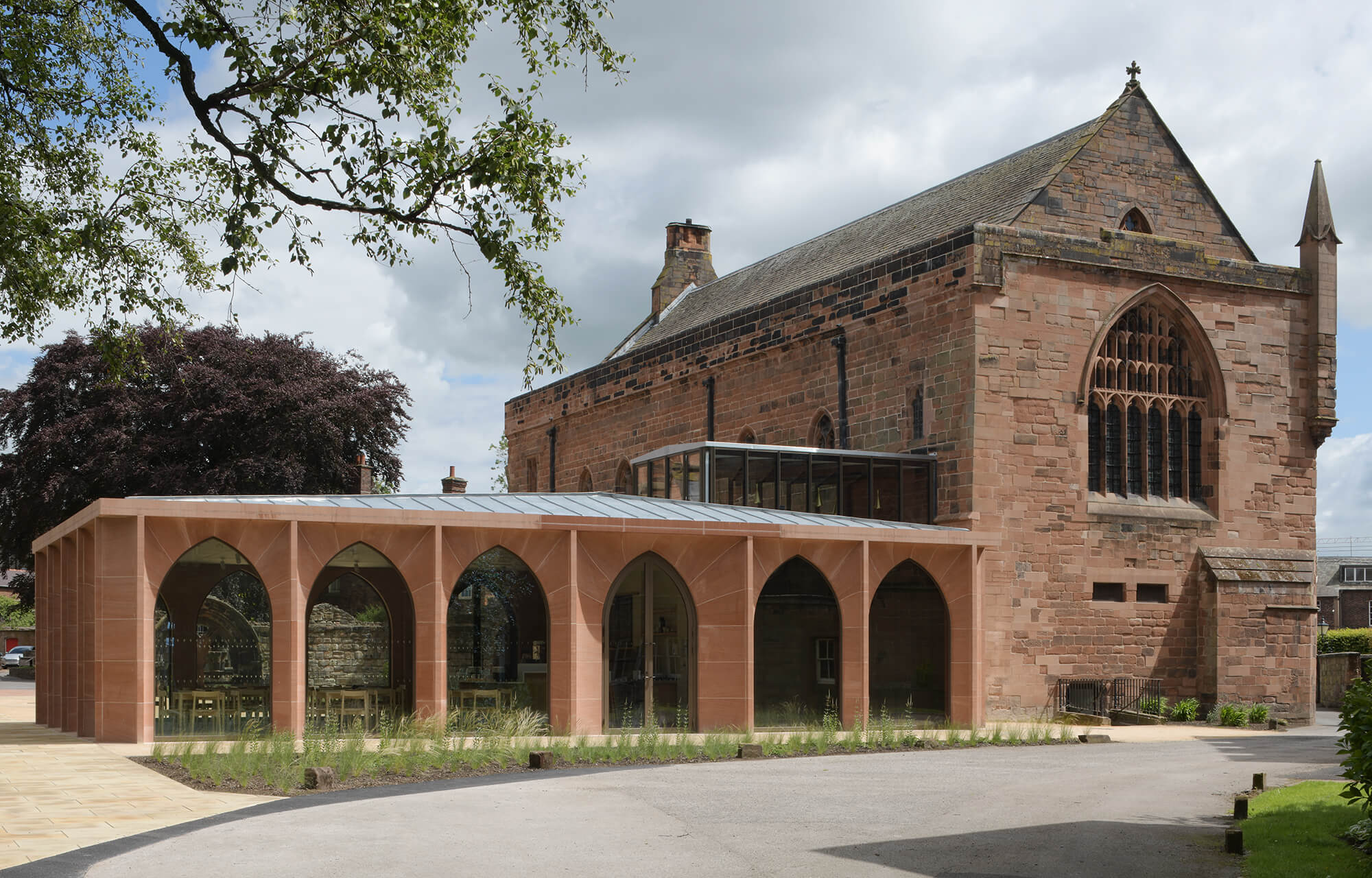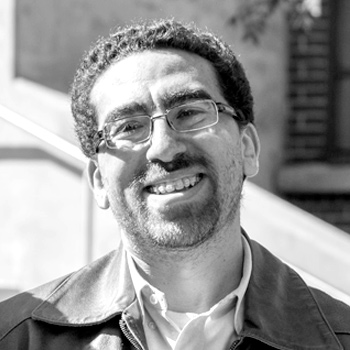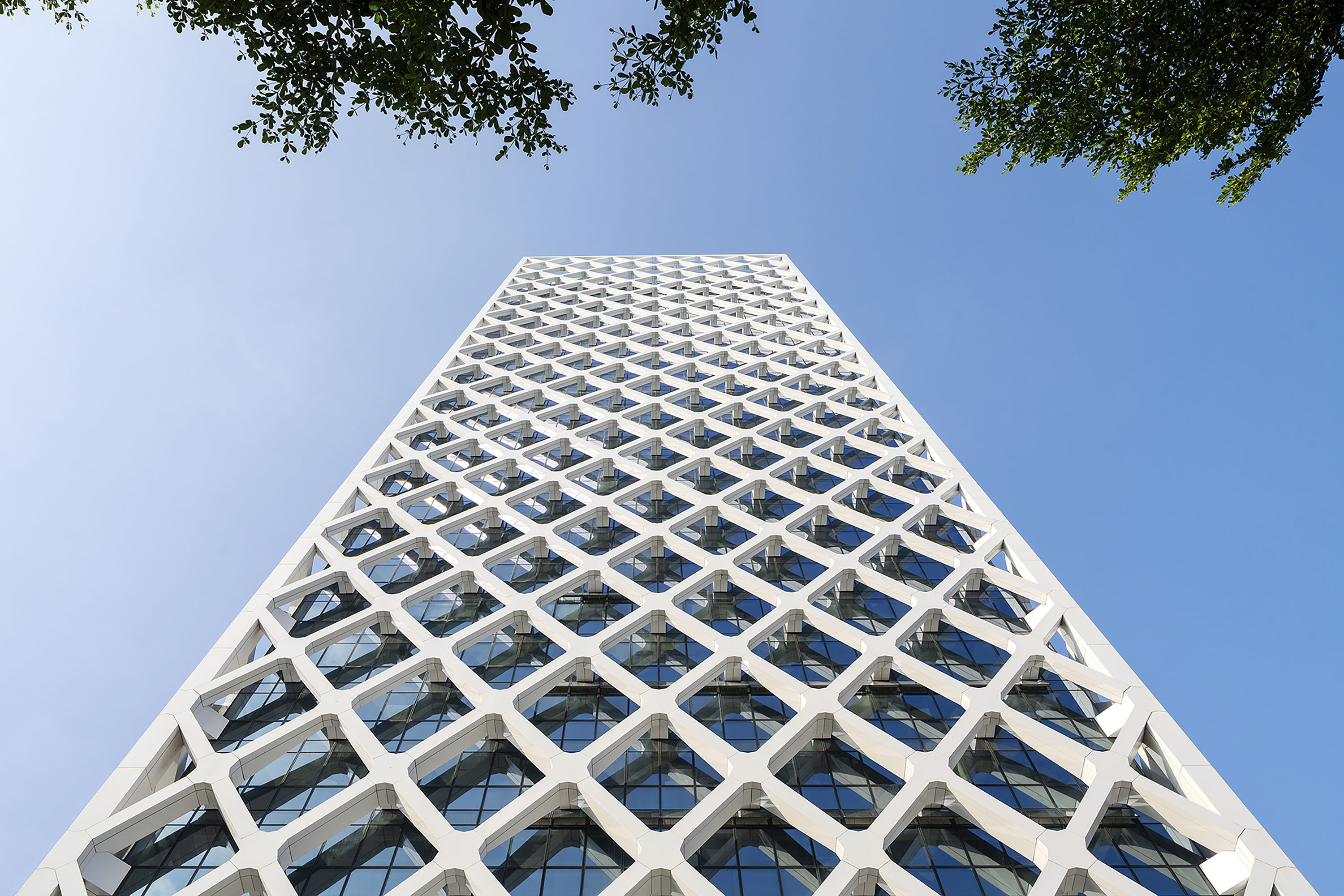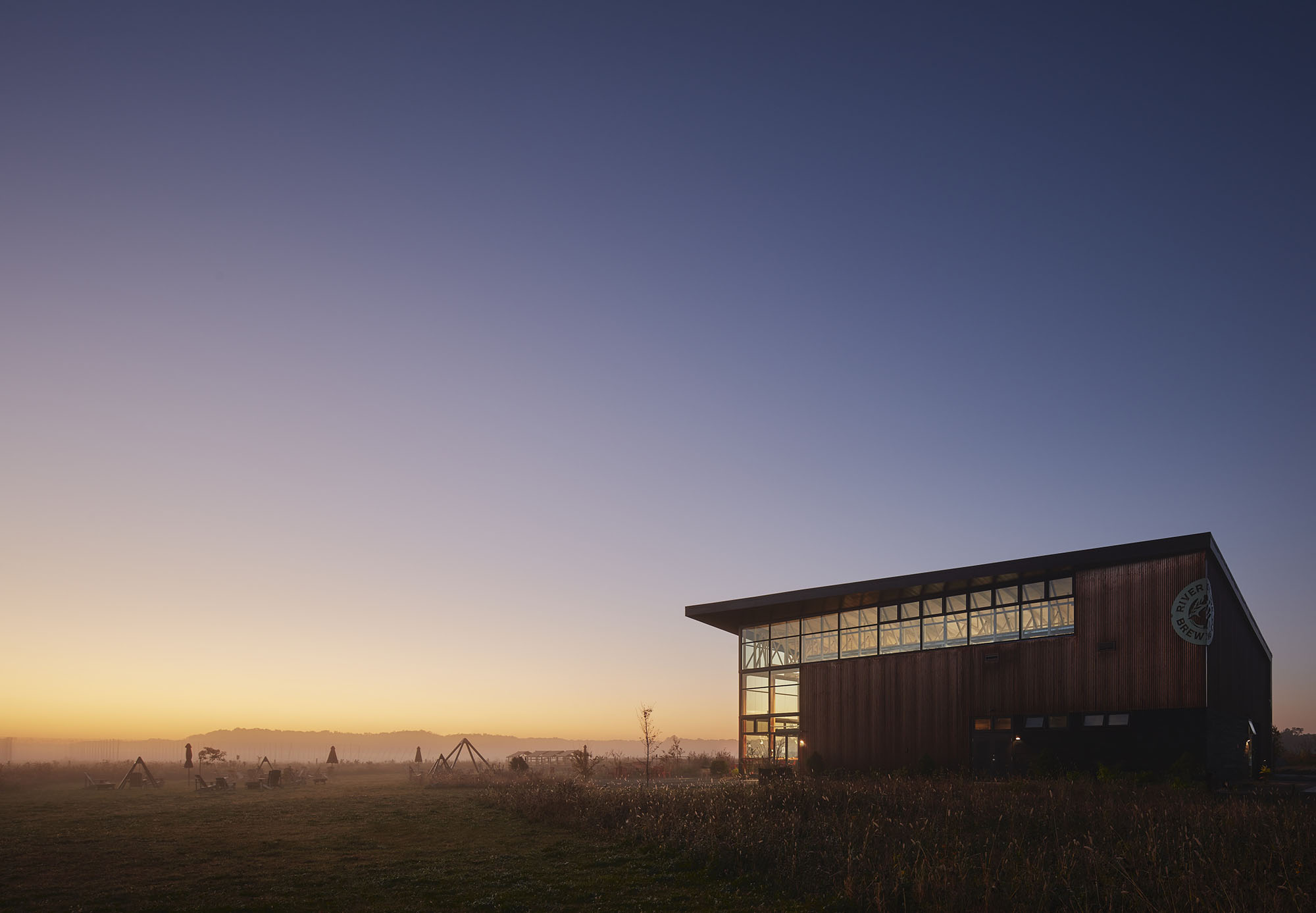The largest Facades+ event of the year returns to New York City next week on April 13 and 14. Featuring a full first day of in-person presentations at the Metropolitan Pavilion in Manhattan and a second day of virtual workshops, Facades+ will celebrate its 10th anniversary in the city where the conference series first started.
Dallas September 9, 2022 | 6 AIA/OAA HSW CEUs Join us in person at the Marriott Downtown Dallas The premier conference on high performance building enclosures In its 10th year, Facades+ continues to bring together the world’s most talented building professionals. This September, we return to Dallas with the help of Page’s leadership. You’ll be
Brought to you by: Architect Deborah Berke Partners Location Philadelphia Completion Date Fall 2021 Terra-cotta Shildan Group Windows Wausau Window & Wall Systems Metal Panels VMZINC ‘QUARTZ-ZINC’ Facade Installer EDA Contractors Entry Doors Kawneer Waterproofing/Air Barrier Henry Blueskin VP160 Exterior Insulation Rockwool Cavity Rock With much of its campus shaped by eclectic historical architecture, the
Facades+ largest event of the year returns to New York City on April 13 and 14. Featuring a full first day of in-person presentations, and a second day of virtual workshops, Facades+ will celebrate its 10th anniversary in the city where the conference series started. With Blake Middleton, partner at Handel Architects, serving as co-chair,
Architect ODA Location Manhattan Completion Date Estimated spring 2022 Facade Consultant Thornton Tomasetti Facade Fabricator and Limestone Manufacturer GGL Enterprises General Contractor Urban Atelier Group Glazing Manufacturer Guardian Glass Real estate in New York City is a notoriously pricey commodity, and developers have long pushed buildings ever upward in a frantic bid to maximize their
Brought to you by: Architect Mark Cavagnero Associates Architect of Record SmithGroup Opening Date July 2021 Location San Francisco Design-Build Fabricator Walters & Wolf General Contractor DPR Glass Viracon Aluminum Composite Panel System Alucobond Benchmarking and Energy Analysis Atelier Ten Centering patient needs while meeting high performance standards, the facade of the new Joan and
Toronto July 21, 2022 | 6 AIA/OAA HSW CEUs Join us in person at the Hyatt Regency Toronto The premier conference on high performance building enclosures In its 10th year, Facades+ continues to bring together the world’s most talented building professionals. We return to Toronto for the first time since 2019 to discuss the latest
Carol Phillips, OAA (BCDS), AAA, AIBC, NSAA, FRAIC, LEED AP, SCUP Carol is a Partner at Moriyama & Teshima Architects, having led some of the firms most valued civic,cultural and educational buildings. A Fellow of the Royal Architectural Institute of Canada, Carol’s passionate drive for powerful and graceful architectural solutions has been honed over a
Architects Levitt Bernstein, TKMT Location Grenoble, France Completion Date 2021 Aluminum Curtain Wall System Wicona Insulated Solid Metal Panels l’Emaillerie Alsacienne Double Glazing with Sun Protection AGC Perforated Aluminum Panels Local fabricators, Rhône-Alpes Region, France With the Alps rising behind it, the white aluminum and glass facade of the Neutron Research Centre at Institut Laue-Langevin
Chemical Concepts offers a number of solutions for architectural cladding, wall panel hanging, and rainscreen facades. Our product offerings include fixing systems, structural adhesives, sealants, high bond tapes and lightweight honeycomb composite panels. The KEEP-NUT by Specialinsert, is a revolutionary press-in concealed anchor that eliminates the need for undercuts in stone, porcelain and other hard
Colin’s career has focused on the importance of integrated design, delivery, and business models in delivering a more sustainable built environment. His commitment to a better process and product has led to 20 years of architecture and urban planning at all scales locally and globally, a decade of multifamily real estate development in the greater
Austin April 27, 2022 | 6 AIA HSW CEUs Join us in person at the Fairmont Hotel The premier conference on high performance building enclosures In its 10th year, Facades+ continues to bring together the world’s most talented building professionals. We return to Austin for the first time since 2019 to discuss the latest advances,
A principal at GWWO, Eric Feiss, AIA, LEED AP skillfully leads large and multi-faceted design teams fostering creative design processes that result in elegantly detailed buildings for GWWO’s educational and cultural clients. Eric keeps a constant pulse on the construction marketplace and is dedicated to helping clients achieve their monetary, scheduling, and programmatic goals. He
Architect Bohlin Cywinski Jackson Location Gainesville, Florida Associate Architect Walker Architects Structural Engineer Walter P Moore Glazing Manufacturer Viracon (curtain wall); SageGlass (electrochromatic window glazing) Prefabricated Panel Manufacturer N-RG Cladding Panel Finish Manufacturer PPG In early August 2021, before the University of Florida in Gainesville commenced fall classes, a construction crew erected provisional elements of
With 71 facades articles published in 2021, it’s time to take a look at a few of AN ’s most popular and some whose projects feature unique materials and construction methods. Ranging from large dormitory projects by well-known firms to a projects that utilize local cork, thatch, and brick, the following list covers the full
Joseph Welker is Studio Director at James Carpenter Design Associates, managing the studio’s cross-disciplinary staff and coordinating its collaborations with landscape architects, architects, structural engineers, environmental engineers, fabricators and materials engineers. Welker works across the studio’s diverse range of projects, from public art to design elements and spaces that enhance the public realm. Fundamental to
Yasser is currently pursuing a Ph.D in Architecture with a focus on High Performance Buildings at Georgia Tech and serving as a GRA on a US Department of Energy Funded Project called AirBEM. Holds an MS in Architecture from Georgia Tech and an MS in ”Sustainable Design” and certification in “Energy Studies” from the University
Tarek Rakha joined Georgia Tech as Assistant Professor of Architecture in 2019 and was appointed Director of the High Performance Building Lab (HPBL) in 2021. His research and teaching aims to transform climate-responsive and sustainable architectural design decisions to advance racially and socially just solutions using robotics, sensing, modeling, machine learning, and Artificial Intelligence (AI).
Robert Tranter is a Senior Associate at IwamotoScott Architecture with many years experience leading design teams on large-scale projects. He brings extensive knowledge and a unique perspective to each project from his experience working with intricate geometries and forms. With his interest and expertise in technology and computational design, Robert has played a key role
fischer is a Germany-based company acting world wide and offering an all-in-one solution for multi functional façades. This includes wedge- and chemical anchors, aluminum subframe systems as well as undercut anchors for concealed fastening of cladding materials.
Architect Skidmore, Owings, and Merrill Location Shenzhen, China Completion Date 2021 Mechanical, Electrical, Plumbing, and Structural Engineering Skidmore, Owings, and Merrill Contractors and Curtain Wall Jangho Group Construction Manager Shenzhen Vanke Real Estate Featuring a ‘breathable’ facade, Skidmore, Owings & Merrill’s (SOM) Shenzhen Rural Commercial Bank headquarters achieves energy efficiency while allowing occupants to modify
Architect moss Design Location Buchanan, Michigan Completion Date 2019 Structural Engineer Rockey Structures General Contractor Holladay Construction Group Window Systems Tubelite Structural Insulated Panels Thermocore Truss Manufacturer Big C Lumber Light Fixtures Halo, Lithonia, Kichler Plumbing Fixtures: American Standard Evoking the rural Midwest’s industrial architectural vernacular, moss Design’s River Saint Joe Brewery is a contemporary
Doug will be celebrating 28 years in the Architectural Construction Product Sales business. During his career, he has been able to support Architects, General Contractors, and Owners in selecting the best materials for their projects. He has also been privileged to speak at the National AIA Conference on Rain Screen Cladding systems.Doug also worked with
As Technical Partner, Eric brings into being Moto’s creative vision through the sophisticated application of assemblies, material science, building systems, and construction knowledge. Joining the firm in 2012, his substantial previous experience, which includes working at the Pritzker Prize winning office of Venturi Scott Brown, allows him to efficiently lead our large-scale and institutional projects,
